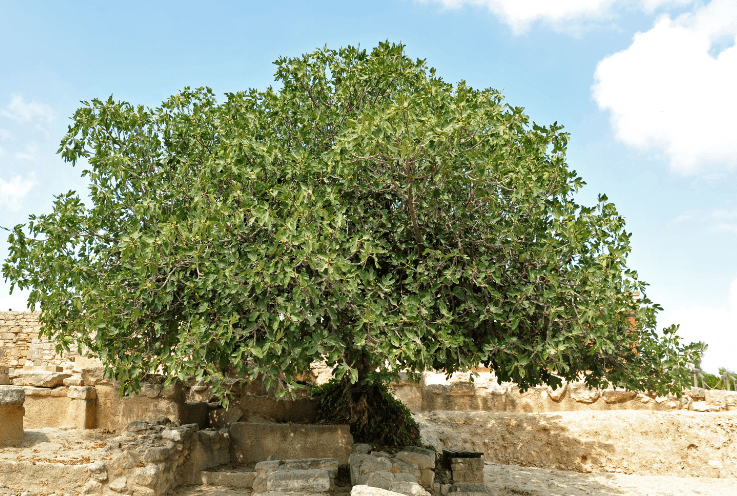
Unleash your inner gardener and relish the bounty of figs! This comprehensive guide to Growing Figs unveils everything you need to know: Choosing the suitable variety, caring for your fig tree indoors or outdoors, harvesting techniques, and delectable uses. Discover the perfect fig for your space and savor the taste of sunshine year-round!
Why Choose Fig Trees?
Beyond their delightful fruits, fig trees offer a multitude of benefits:
- Mediterranean Flair: Bring a touch of elegance to your surroundings with the lush foliage and architectural form of fig trees.
- Versatility: Enjoy fresh figs, jams, and even dried figs for a taste of sunshine throughout the year. Some varieties even play a role in pollination (caprifigs).
- Easy Propagation: Fig trees can be easily propagated from cuttings, allowing you to share the joy of figs with friends and family.
Selecting the Right Fig Tree: Choosing Your Perfect Match
The key to fig-growing success lies in selecting the perfect variety for your environment. Here are some crucial factors to consider:
Climate Considerations:
-
Outdoor Fig Trees:
For outdoor gardens, consider your climate, especially the number of chill hours your region receives (essential for fruit development). Cold-hardy varieties like ‘Chicago Hardy’ can withstand cooler temperatures (USDA zones 5-6).
-
Indoor Fig Trees:
If you’re growing indoors, space and light are paramount. Look for varieties like the ‘Petite Negra, ‘ known for its compact size.
Space Requirements:
Understanding the mature size of your chosen fig tree is essential. Dwarf varieties like ‘Little Miss Figgy’ are ideal for containers, while expansive types like ‘Brown Turkey’ suit outdoor spaces. Consider container size options as well; larger pots will be needed for more enormous fig trees.
Best Fig Tree Species for Outdoor Gardening: Unveiling Delicious Treasures
Growing fig trees outdoors allows you to experience the full potential of these fruitful plants. Here are some popular choices to consider:
-
The Majestic ‘Brown Turkey’ Fig -Ficus Carica
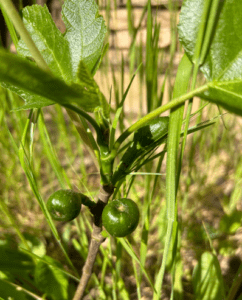
This highly adaptable variety boasts a robust, sweet flavor and thrives in warmer climates (USDA zones 7-10). It’s a generous producer, yielding two harvests per year.
-
The Hardy ‘Celeste’ Fig
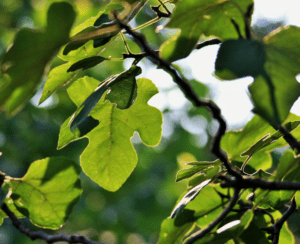
Frigid winters? No problem! ‘Celeste’ thrives in cooler regions (USDA zones 6-8) thanks to its impressive cold tolerance. Enjoy its abundance of small, sweet fruits.
-
The Black Mission Fig
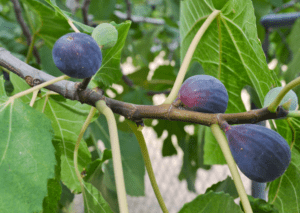
This California favorite (USDA zones 7-10) is known for its dark, intensely flavored fruits and late-ripening season.
Top Choices for Indoor Fig Trees: Growing Figs Indoors
Limited on space? No worries! These delightful fig varieties will flourish indoors:
-
The Beautiful Ficus Lyrata

While not an actual fig (Ficus carica), this popular houseplant is a showstopper with its large, glossy leaves. It’s prized for its ornamental value.
-
The Reliable ‘Dwarf Fig’
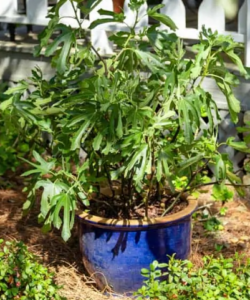
Container-friendly and perfect for smaller spaces, dwarf figs like ‘Little Miss Figgy’ are beloved for their sweetness and manageable size.
Caring for Your Fig Trees: Nurturing Abundance
With proper care, your fig tree will reward you with years of delicious fruit and beauty. Here’s what they need to thrive:
Sunlight and Watering Needs
- Outdoor Care: Position your fig tree in a location receiving full sun for optimal growth. Consistent watering, especially during dry periods, is key.
- Indoor Care: Place your fig tree near a sunny window. Water deeply when the top inch of soil feels dry to the touch.
Soil and Fertilizer
- Outdoor Fig Trees: Plant your fig tree in well-draining soil with plenty of organic matter. Consider adding fertilizer in early spring to promote healthy growth.
- Indoor Fig Trees: Use a high-quality, well-draining potting mix for your containerized fig tree. Opt for a balanced fertilizer formulated for fruit trees during the growing season.
Pruning and Maintenance
Regular pruning helps maintain your fig tree’s size and encourages fruit production. Early spring is the ideal time to prune. Pruning also improves airflow, reducing the risk of fungal diseases.
Common Pests and Problems: Keeping Your Figs Healthy
Like all plants, fig trees can encounter occasional issues. Here’s what to watch out for:
- Fig Rust: This fungal disease manifests as raised, yellow or orange spots on the underside of leaves. Severe infection can cause defoliation.
- Spider Mites: These tiny pests create fine webs on the undersides of leaves and cause stippling (yellowish or white speckles) on the upper surfaces.
- Root-Knot Nematodes: These microscopic worms cause stunted growth, wilting, and root deformities. Unfortunately, there’s no cure, but preventative measures like sterilized soil and crop rotation can help.
Harvesting Your Figs: Reaping the Rewards
The moment you’ve been waiting for! Here’s how to know when your figs are ready to be picked:
- Ripeness: A gentle squeeze test is your best friend. Perfectly ripe figs will be soft to the touch and may droop slightly from the branch.
- Color: Skin color is another indicator. Most figs deepen in color (browns, purples, or even green for some varieties) as they ripen.
Uses of Figs in Culinary Delights: From Fresh to Fabulous
The culinary versatility of figs is truly impressive. Here are just a few ways to enjoy them:
- Fresh Figs: Savor their sweetness on their own, pair them with cheese for a delightful appetizer, or add a touch of elegance to salads.
- Preserved Figs: Jams, jellies, and preserves are fantastic ways to enjoy the taste of figs throughout the year.
- Dried Figs: A concentrated burst of sweetness and fiber, perfect for snacking or baking into cookies, cakes, and breads.
Conclusion: A Fig for Every Season, A Fig for Every Reason
With their captivating beauty, ease of care, and abundance of delicious fruits, fig trees offer something for every gardener. Whether you have a sprawling outdoor space or a sunny windowsill, there’s a perfect fig variety waiting to be discovered.
By following the tips in this guide, you can cultivate your own slice of paradise and enjoy the joys of growing figs for years to come. The long lifespan of fig trees means you can look forward to harvests for many seasons to come, creating a lasting connection with these remarkable plants.
For those who want to delve deeper, consider consulting these resources:
https://www.britannica.com/plant/fig
https://www.rhs.org.uk/fruit/figs/grow-your-own
Happy fig growing!

























